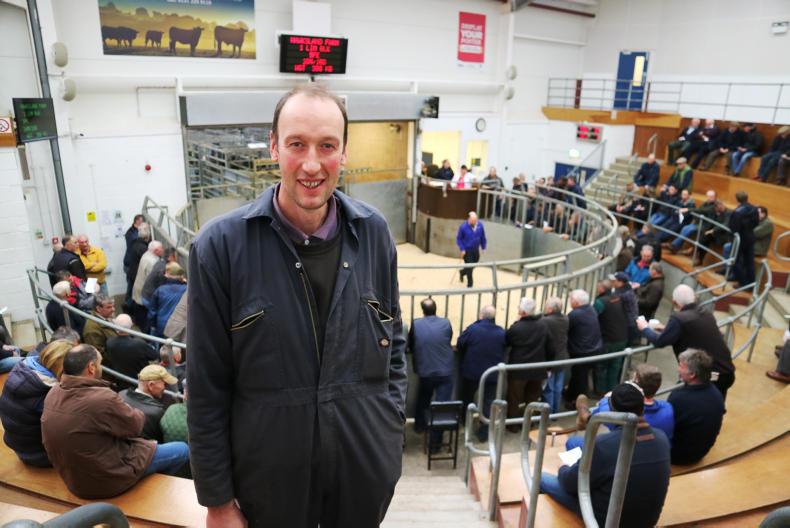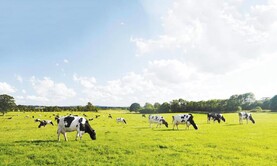I farm: “We finished up dairying in April and moved to a suckler cow and beef system. We were fed up with the poor prices in dairying. Also, we reached the stage where we needed to invest heavily in a new milking parlour and other facilities, and I didn’t see how we could make it back. My parents started dairying in 1984, so the enterprise has been there all along. We were milking 67 cows, which at one stage would have been enough to rear a family on but now we weren’t making money from it. I don’t miss dairying.”
Contracting: “We are also doing a lot more on the contracting side of things and it helps to keep the regular cashflow going. The contracting would take up a lot of time in the summer months, while the cattle side of things will take place more during spring and autumn. We do baling and wrapping, carting silage and a lot of work with the arable farmers during the harvest.”
Suckler herd: “The aim is to get to about 60 suckler cows (with 22 replacements coming from the dairy herd) to calve down next year, which should make good, milky cows. We ran a Simmental and Angus bull with the cows and heifers this year with the aim to have some of the cows calving in spring, while the heifers will be calving down in autumn.”
Heifers: “I go more so by size than age with heifers, there is no point calving her down at two-years-old if she doesn’t last in the herd and is gone two years later. We never pushed cows too hard here and had cows that were 13 or 14-years-old and still performing well.”
Environment: “We have 340 acres in total, but 140 of this is an old limestone quarry that is designated under the Rural Priority Habitat Mosaic Scheme so we can’t use any fertiliser on it. We use it for youngstock and there is plenty up there for them. A lot of acres are taken out of farming through environmental schemes, but we have to keep a balance with food production. I realise the importance of looking after the environment, but the majority of farmers have always done that.”
Quotable quote: “The family farm is struggling to survive, you can cover your costs but there is very little to reinvest back into the business.”






 This is a subscriber-only article
This is a subscriber-only article










SHARING OPTIONS: